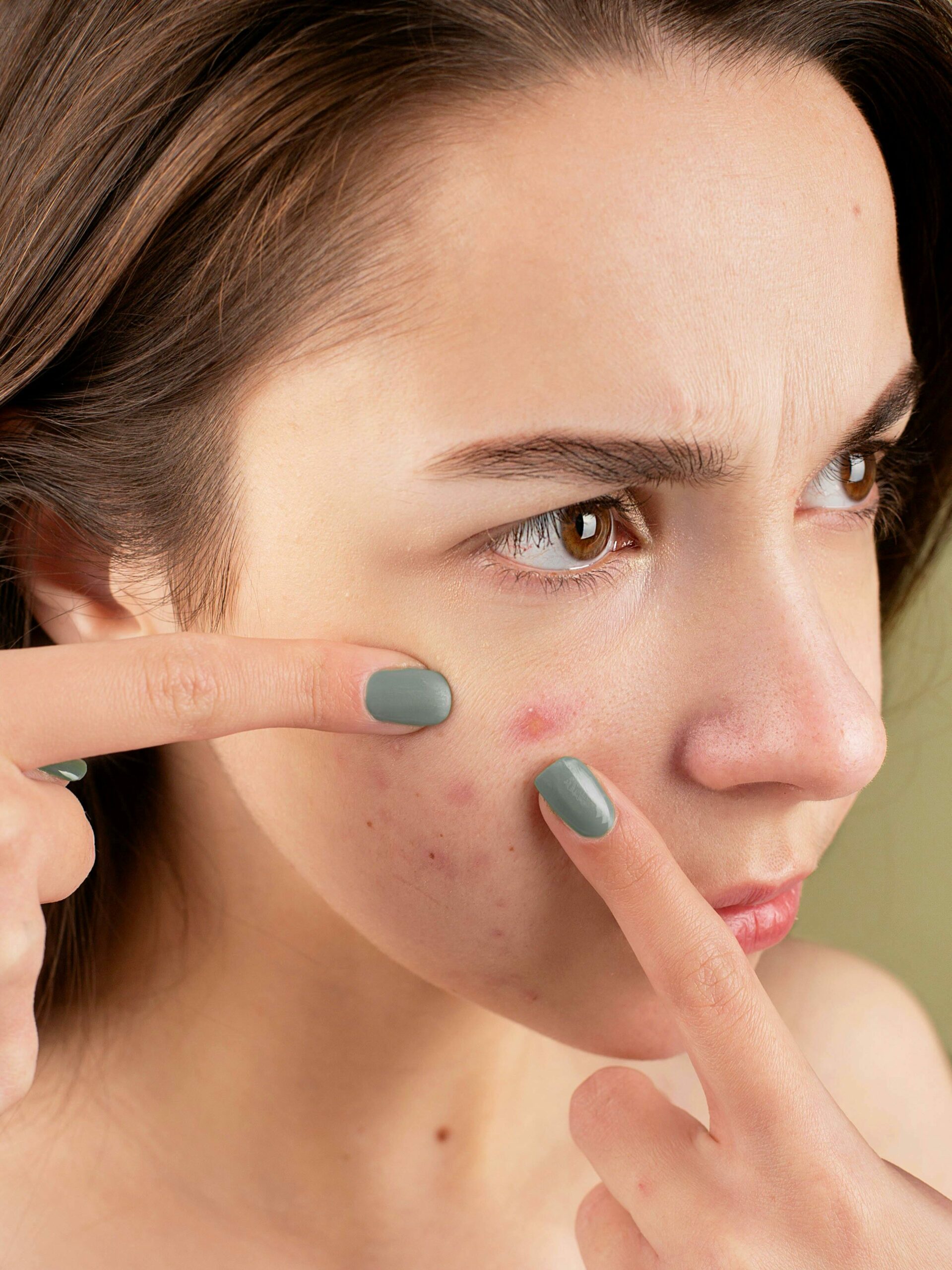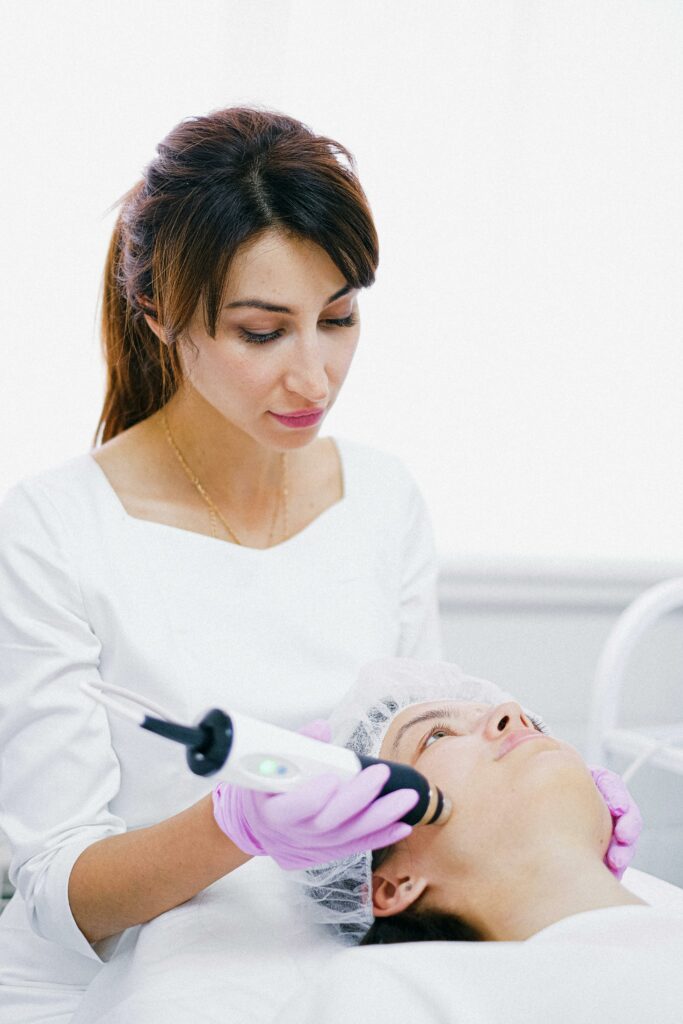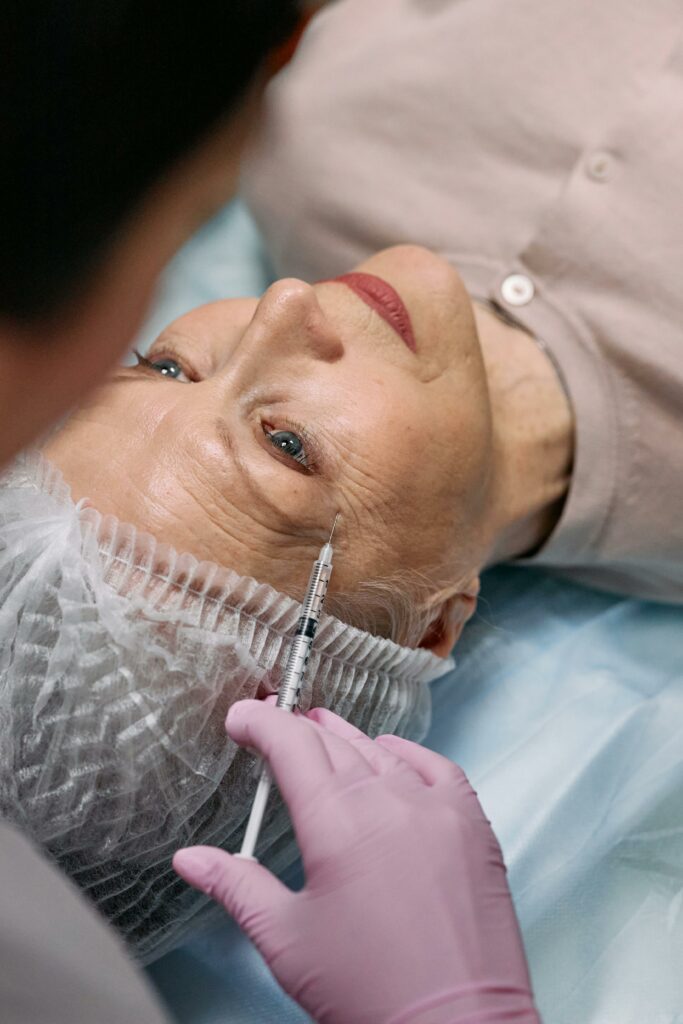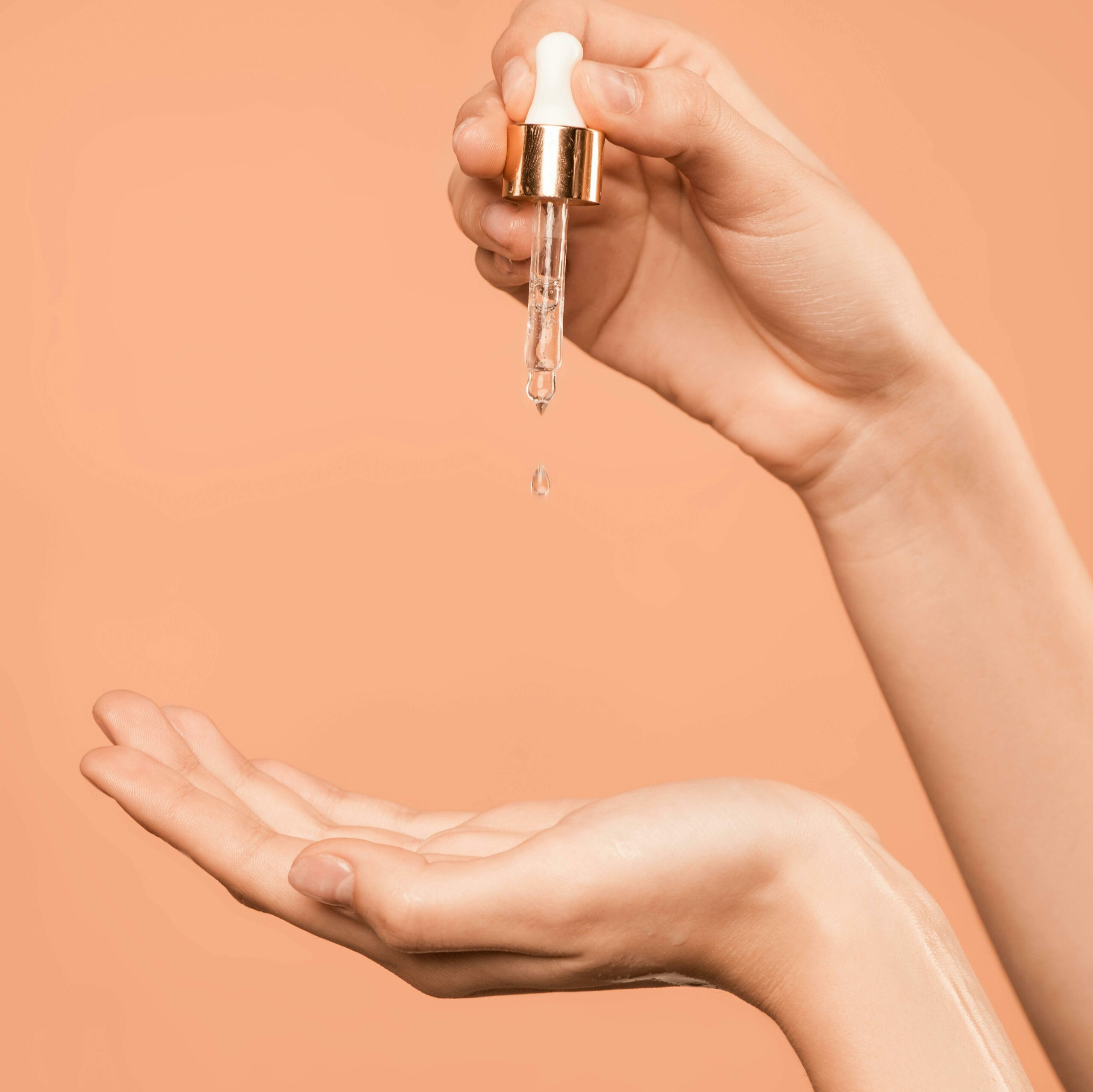
Introduction To Microneedling Effects And Its Popularity
Microneedling has undoubtedly become one of the most popular skin care treatments, and for good reason. It’s a process where tiny needles puncture your skin, encouraging it to regenerate and heal while leaving you with a fresher, younger look. Though needles aren’t everyone’s cup of tea, the results speak for themself. Microneedling isn’t just a fad. Research backs up the benefits of microneedling, showing it can tackle everything from wrinkles and scarring to large pores and even stretch marks. Unlike some skincare treatments that often require increased downtime and a dent to the wallet, microneedling is known for being more accessible. The outstanding microneedling effects has allowed it to become the go-to treatment for those wanting to dip their toes into advanced skincare without the risks that come with more intense procedures. So, if you’re itching to improve your skin’s texture or appearance but aren’t ready for the big league treatments yet, microneedling might just be the perfect starting point for you.
What Is Microneedling And How Does It Work?
Microneedling is a skincare game-changer. It dates back to 1995 when it was used to improve surgical scars. Of course today it’s used for so much more. There are many forms of microneedling but the essence of this universal treatment is to create micro-injuries throughout the skin. Your skin sees these tiny holes as areas that need healing. So it rushes to fix them, producing more collagen. Collagen is protein that provides strength and structure to parts of the body and face. Simply put, it keeps your skin looking plump and supple. More collagen means fewer wrinkles, less sagging, and even skin texture. The body’s natural healing process basically doubles as a fountain of youth you can tap into every four weeks.

Common Skin Concerns Addressed By Microneedling
Microneedling tackles a bunch of skin issues head-on:
- fine lines and wrinkles
- acne scars
- reduction of large pores
- reduction of dull skin tone or uneven skin texture
- reduction of stretch marks and hyperpigmentation
A Comparison Of Chemical Peels vs. Microneedling
Chemical peels and microneedling both aim to give you smoother, more radiant skin, but they go about it in different ways. Chemical peels use acids to remove the outer layer of your skin, revealing the fresher, less damaged layer underneath. Microneedling, on the other hand, involves using tiny needles to kickstart the production of collagen and elastin, making the skin look firmer and younger.
When deciding between the two, consider your skin’s sensitivity and your desired results. Chemical peels can range from mild to intense, with stronger peels offering more dramatic results but also requiring more downtime. Microneedling is generally gentler, with minimal recovery time, making it a good option if you can’t take time off work or school. However, microneedling often requires multiple sessions to achieve noticeable results.
In terms of effectiveness, both treatments can address issues like fine lines, wrinkles, acne scars, and uneven skin tone. But, if you have deeper scars or more pronounced wrinkles, microneedling might edge out chemical peels. Peels, though, may target pigmentation more effectively than microneedling. For those with sensitive skin or conditions like rosacea, a mild chemical peel may be safer and less irritating than microneedling.
Ultimately, the best treatment depends on your skin type, your goals, and how much downtime you’re willing to tolerate. Both chemical peels and microneedling can significantly improve your skin’s appearance, but it’s crucial to consult with a skilled skin expert to choose the right treatment for you.

Laser Therapy vs. Microneedling
Laser therapy and microneedling both aim to give you smoother, more youthful skin, but they go about it in different ways. Laser therapy uses focused light beams to treat skin. It can remove the outer layer of your skin or stimulate the deeper layers to promote healing, depending on the laser type. This helps with similar issues microneedling helps with but lasers, often, can also tackle coloration problems like age spots. In terms of pain and recovery, microneedling is generally seen as gentler than lasers. You might be red for a day or two, but that’s about it. Laser therapy, especially the types that remove layers of your skin, requires more downtime. You could be healing for a couple of days to a couple of weeks. Both treatments have their fans and have been proven effective; choosing between them, again, often boils down to specific skin issues, how much downtime you can handle, and personal preference.

The Role of Micro-needling in Anti-Aging Treatments Compared to Botox
Microneedling and Botox are big players in fighting wrinkles, but they tackle aging in different arenas.
Botox is a neurotoxin. It works its magic by temporarily pausing muscle movement that leads to wrinkles. It’s more of a direct approach, stopping those repetitive motion lines from getting deeper by halting the communication between the nerves and muscle. A key difference between microneedling and botox is that microneedling takes a bit to show its full potential. Some people may see amazing results after one session but typically with microneedling it’s a marathon, not a sprint. Typically improvements appear gradually as your skin heals and generates new collagen about every 4 weeks. Botox gives quicker results (you can start to see results as early as 3-5 days and then 2 weeks for full results). However, while botox smooths out lines, you’ll need touch-ups every few months to maintain that smooth look.
So, there really shouldn’t be a battle between microneedling and botox as one relaxes the muscle and the other retexturizes the skin. Both are oftentimes necessary for well-rounded results.

Microneedling With Other Treatments: What You Need to Know
Combining microneedling with other treatments can maximize your skincare results, but you must tread carefully. Because microneedling creates punctures in your skin, it allows for better absorption of products. By doing this, the effects of other treatments like chemical peels or hyaluronic acid serums can be amplified. However, not all combinations are safe or effective. Always consult with a skincare professional before mixing treatments. For instance, combining microneedling with a gentle vitamin C serum can boost collagen production and brighten your skin but pairing it with strong active ingredients like retinol right after treatment could irritate your skin. Also, spacing out treatments is key. Give your skin time to heal between sessions. This approach can lead to enhanced texture, tone, and overall skin health if done correctly. Remember, to listen to your skin.

Aftercare
After microneedling, your skin needs TLC. Steer clear of sun exposure. Always apply SPF consistently, and avoid working out or applying makeup for 24 hours. Your face might look red, like you’ve had a bit too much sun, but that’s normal. Keep your skin hydrated, drink water and use post-procedure gentle moisturizers. For treatments like chemical peels or laser therapy, aftercare sort of follows the same rules. More intense treatments mean more intense catering to your skin. Again, stay out of the sun, and maybe take a break from your usual skincare routine, especially if it’s heavy on the acids or retinol. Use gentle cleansers, lots of moisture, and plenty of sun protection.
Making The Decision: Is Microneedling Right For You?
Microneedling stands out as a unique contender in the realm of skin rejuvenation. Unlike more intense treatments like laser therapy or strong chemical peels, microneedling is less about brute force and more about a consistent way to rejuvenate your skin with less downtime.
But is microneedling the right tactic for your skin’s concerns? If you have fine lines, acne scars, or a general lackluster complexion, microneedling might be the best option for you. It’s less intimidating than lasers as lasers sometimes have the risk of causing post inflammatory hyperpigmentation. Microneedling basically allows for amazing results without the scary side effects (which can still be prevalent but are less likely than other modalities).
However, there are some limitations with microneedling. If your skin is currently battling active acne or if it’s highly sensitive, this strategy may need to be shelved until the skin is calmer.
In all, microneedling is a well-rounded treatment that can generally provide great results for all skin tones. The decision of whether to treat with microneedling ultimately comes down to knowing your skin’s current standing and the skin concerns you’re aiming to gain.





You must be logged in to post a comment.